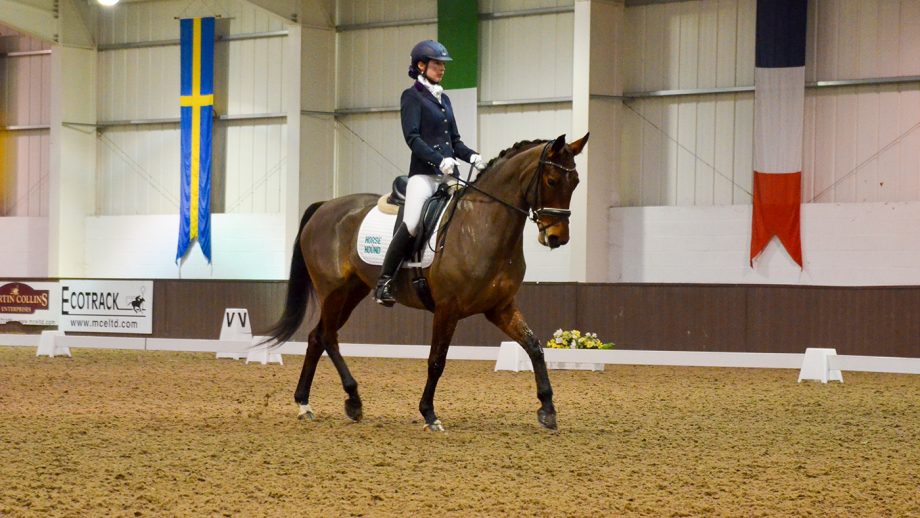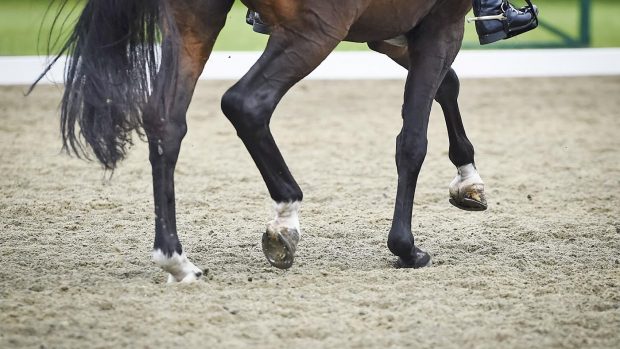We get it, affiliated competition in any equestrian discipline can be daunting, and dressage is certainly no different. If you are new to affiliated dressage – that is, competitions run under the UK’s governing body, British Dressage (BD), or if you’ve been a BD member for a while but there’s some things you’ve never quite got your head around, we’re here to help.
1. Do I need to be riding at a certain level before I can compete affiliated?
Affiliated dressage is open to horse and riders of any level, with a range of classes designed to provide opportunities for all abilities. The BD levels begin with intro, in which only walk and trot are required, and go up to grand prix, the highest level of dressage. Different tests are available at each level, to be ridden in either a short arena (20x40m) or a long arena (20x60m), and each test is numbered for differentiation.
2. Am I allowed to carry a whip in affiliated dressage?
Yes, at most BD shows, you can carry a whip while you ride your dressage test. Whips are prohibited while competing at most championships, including Area Festivals and regionals, and in some young horse championships, but they are permitted at regular shows and in qualifiers, as well as at Premier Leagues and High Profile shows.
3. Do I need to ride in a snaffle at BD shows?
A snaffle is permitted at all BD levels, from intro up to grand prix – except for instances where team selectors might request a horse be ridden in a double bridle. Double bridles are permitted at levels from elementary upwards, and for seven-year-old young horse classes (doubles are not allowed in age classes for four-, five- or six-year-old horses).
4. What do bronze, silver and gold mean, and how do I know which I am?
All the jargon can get confusing, so let us break it down for you: each of the BD affiliated dressage levels, eg novice, is split into divisions: bronze, silver and gold. Bronze sections are for less experienced horses and riders who are new to that level; silver sections are for those combinations who are no longer new to the level but still developing their experience or ability; gold sections are open to all, but designed for combinations who are competent at the level or riders who have previously competed at higher levels but are on less experienced horses. To determine which section you and your horse should compete in at your chosen level, use the checklist provided in the BD rulebook.
5. Do I have to do sitting trot in a British Dressage test?
Mastering sitting trot is a challenge for many riders. The good news is, that in affiliated dressage tests, riders can use rising trot up to elementary level, in all trot movements throughout the test. At medium level, the trotwork must be ridden in sitting trot, except for in medium or extended trot, in which you may go rising if you want to. At advanced medium level and above, all trotwork must be ridden sitting.
6. Am I allowed to have a caller at British Dressage shows?
Yes, you are allowed a caller in affiliated dressage, in most instances. Callers, or commanders, are permitted in all regular classes and qualifiers, but not at most championships, such as national and winter championships, Area Festivals, regionals or Associated Championships. Callers are also not permitted at Premier Leagues, though they are allowed at High Profile shows. Commanders may only read out the exact words on the test sheet, without emphasis on any part of the command, and it is the rider’s responsibility to provide a caller if they require one.
7. What if I forget where I’m going part-way through my test?
It’s happened to the best of us, so first of all, don’t panic. If you go wrong in your test, the judge at C will ring their bell (or sound their horn) to signal to you to pause the test. Usually, they will then explain to you where you went wrong, and let you know from where you should re-start the test and the next movement to execute. In some situations, you may be able to introduce a caller mid-way through the test; this is at the judge’s discretion. Each time you go wrong in the test, known as an error of course, is penalised: by two points for the first time, and by four points for the second in the same test. If you go wrong a third time, you will be eliminated.
You may also be interested in…

‘We left the arena and careered around the judge’s car’ and 21 more dressage bloopers

Fancy giving British Dressage Quest a go? Here’s what you need to know

Subscribe to Horse & Hound magazine today – and enjoy unlimited website access all year round
Horse & Hound magazine, out every Thursday, is packed with all the latest news and reports, as well as interviews, specials, nostalgia, vet and training advice. Find how you can enjoy the magazine delivered to your door every week, plus options to upgrade your subscription to access our online service that brings you breaking news and reports as well as other benefits.




